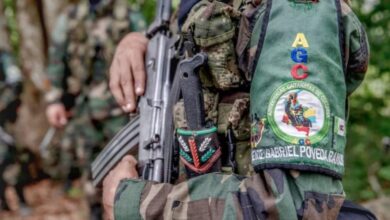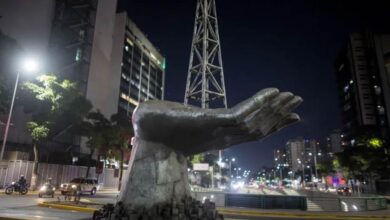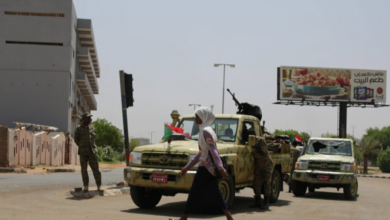Positive or Negative? This is what the peace process with the FARC has left us
Two years have passed since the signing of the peace process. What are the positive and negative aspects of this?

Since the peace process was signed between the government of President Santos and the FARC, the balance of the post-agreement is based on negative and positive aspects. Let's see some of them:
Leer en español: Balance: ¿Qué ha dejado el proceso de paz con las Farc en Colombia?
The positive
Decrease in deaths in the Military Hospital
The director of the Military Hospital, Clara Galvis and in an interview with Caracol Radio, said that the soldiers injured by the war in 2011 were of an average of 500. The main cause had to do with the military exercises that were done against the armed group largest in Colombia: the Farc.
Another tragedy that faced the Military Hospital were the members of the public force that lost their limbs. The numbers reached 120, all this before the signing of the peace agreements in 2016. However, the outlook that the military hospital is experiencing after the peace agreement signed with the FARC is positive. Until the end of 2017, only 35 were injured and by 2018, 8 uniformed were amputated, says Galvis.
For the moment, if the current president of Colombia decides to improve the implementation of the peace process with the FARC to keep him alive, the Military Hospital will continue to devote its efforts to serving the military that is injured by fighting with other groups.
"We do prosthetic rehabilitation, we do rehabilitation in mental health, treatment of tropical diseases and obviously we have a larger adult population that are our veterans and their families and we manage chronic and high-cost diseases", were the words of Galvis to Caracol Radio.
Some ex-combatants were inserted IGNORE INTO civilian life
With the fear of a collapse of the peace agreement, as a result of the possible extradition of Santrich by the government of Iván Duque, some ex-combatants have returned to civilian life.
This is the case of 10 ex-combatants who are dedicated to making rag dolls, growing food (such as bananas, cassava, and corn) to obtain income. Gone are the days where the coca plantations were important. Their work is carried out in two Territorial Rehabilitation and Training Spaces (ETCR) in the department of Cauca, which was designated by the Santos Government, as reported by Colombia 2020 from El Espectador.
For its part, the UN on its news website, highlights the work of Marcos Martínez, a former FARC guerrilla, who "is now the administrator of the Nueva Colombia Integral Farm where the weapons have been changed by the plowshares". His work, which consists of growing corn, plantain, beans, yucca, tomatoes, and chili, is done along with 40 other ex-combatants in El Conejo, a village in the department of La Guajira.
Read also: Why does Brazil say goodbye to Cuban doctors?
The Negative
The areas abandoned by the Farc
According to a Reuters report titled "A Broken Peace", the spaces left by the FARC, after the peace process was signed, were occupied by criminal gangs -Urabeños, Rastrojos, Clan Úsuga- and eternal rivals of the past such as the ELN, above all, the main objective beyond occupying the territory was to seize the juicy business that the extinct Farc had: drug trafficking, extortion, and illegal mining.
For example, the residents of Tumaco, one of the poorest areas of Colombia, according to Reuters, expected everything to change when peace was signed, but the reality is that the struggle between the criminal gangs to control this territory that has access to the Pacific Ocean It is constant. It's a golden route to transport cocaine. In the midst of this confrontation, the civilian population suffers the most.
Murder of social leaders
According to the Information System on Attacks against Human Rights Defenders (SIADDHH), during the government of Juan Manuel Santos, in spite of the peace process, there were 532 social leaders killed. The murders are systematic and have to do, within the context of the implementation of the peace process, specifically with the land restitution. The social leader who fights to defend those who reclaim his land has become a military target of criminal gangs and armed groups.
To this situation, it is added that the social leaders who have also been murdered were those who manifested the prompt implementation of what was agreed in Havana. Besides them, there are those who denounce the weak substitution of illicit crops, which is also part of the peace agreement. This based on the report, for LatinAmerican Post, 3 failures of the Colombian State in the protection of social leaders.
LatinAmerican Post | Edwin Guerrero Nova
Translated from: 'Balance: ¿Qué ha dejado el proceso de paz con las Farc?'
Listen this article





